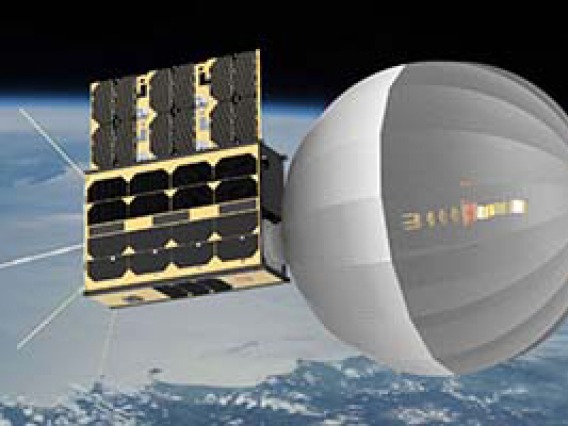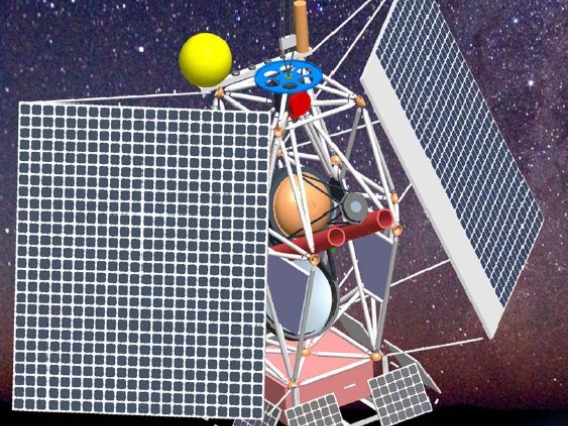Space Missions
- Steward Observatory has long advanced space-based astronomy, building instruments for NASA's Great Observatories including the Hubble Space Telescope and the Spitzer Space Telescope. Steward led the construction of NIRCam (Near InfraRed Camera) for the James Webb Space Telescope, with Professor Marcia Rieke serving as Principal Investigator, and George Rieke served as Science Team Lead for MIRI (the Mid-Infrared Instrument). These cutting-edge instruments are enabling groundbreaking discoveries about the early universe and distant galaxies.
- Steward Observatory continues to push boundaries with innovative missions. The entirely University of Arizona-led Aspera mission, with Carlos Vargas as Principal Investigator, will study galaxy evolution through ultraviolet observations. The Pandora mission, with its exoplanet science working group led by the University of Arizona, will have its operations center at the U of A Space Institute. Students are also at the forefront of space exploration: CatSat, a 6U CubeSat built, tested, and flown by University of Arizona students, launched in July 2024 to demonstrate new inflatable antenna technology.
- Steward Observatory is also a leader in stratospheric balloon missions. GUSTO, led by Principal Investigator Chris Walker, , broke NASA's record as the longest-flying heavy-lift balloon mission, mapping the interstellar medium from 120,000 feet above Antarctica. The FIREBall-2 mission, with guidance from Steward astronomer Erika Hamden, seeks to map the most diffuse gas in the universe and its role in galaxy formation and evolution, flying twenty miles above the New Mexico desert.
Upcoming Launches
Current
Pending Missions
Past












